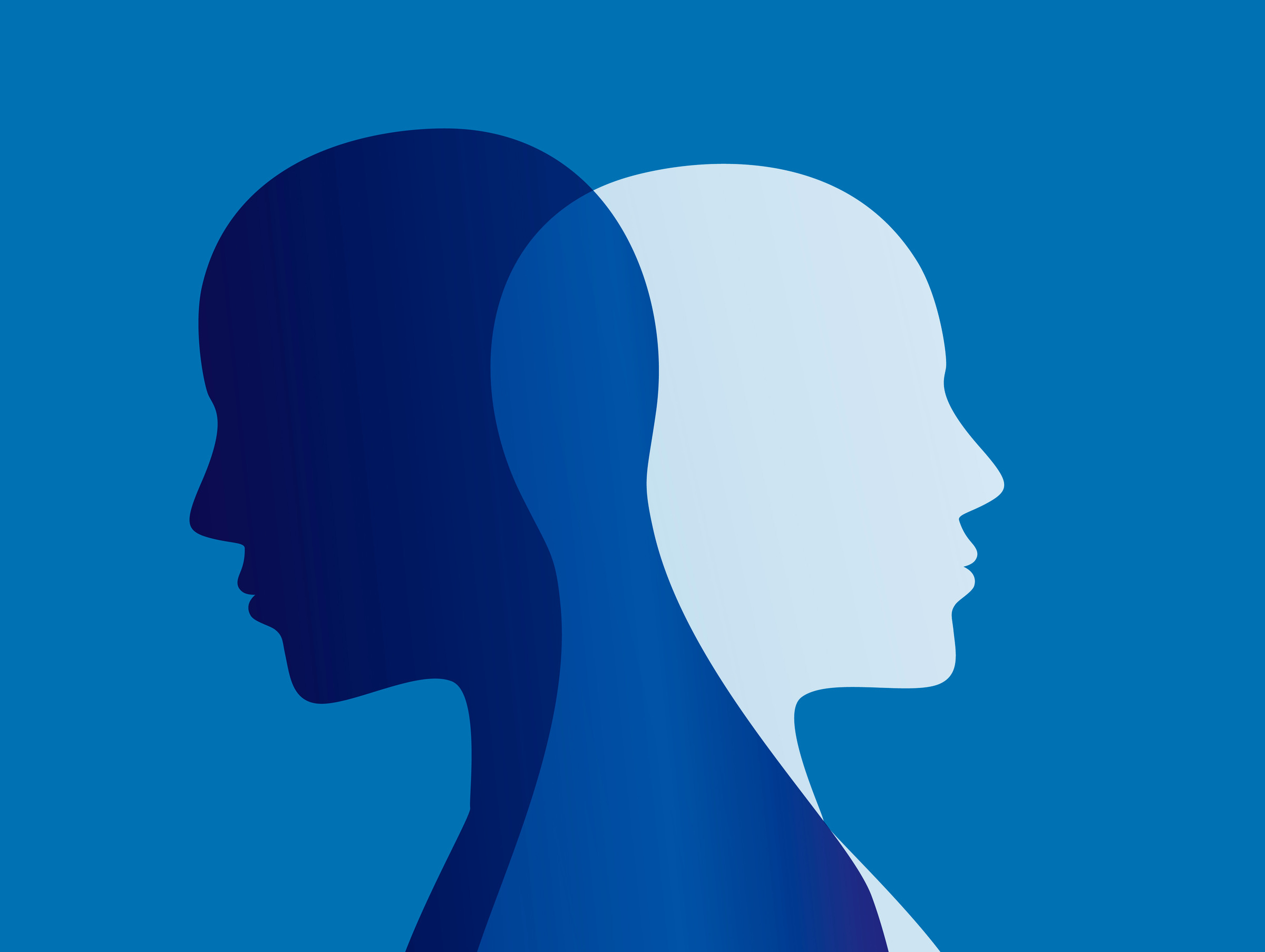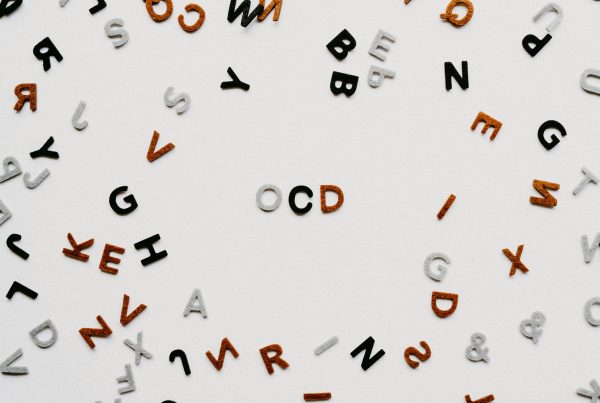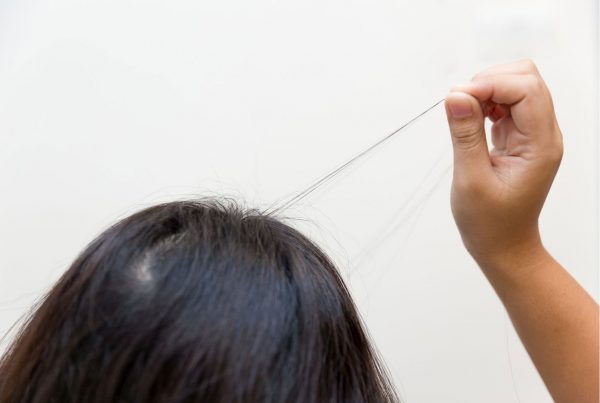Bipolar disorder is a mood disorder in which the emotional state of a person can vary or change significantly, as though changing between ‘two poles’ (thus the name, bipolar). It is also sometimes referred to as ‘manic depression’.
Bipolar symptoms entail mood changes that are abrupt, and are generally not driven by specific life events. The mood shift can be from a state of depression, or feeling low, to a state of euphoria, extreme irritability or feeling incredibly elevated or happy. Depending on the degree of elevated mood, this mood is called hypomania or mania.
Bipolar Type I:
Patients experiencing bipolar with mania (in a ‘manic’ state, or Bipolar Disorder, Type I) experience at least one episode of: seven days or more of increased energy or goal-directed activity and 3 or more of the below symptoms.
Bipolar Type II:
Patients experiencing bipolar type II includes hypomania (in a ‘hypomanic state’) experience at least one episode of four days or more with 3 or more of the below symptoms:
- Inflated self-esteem or grandiosity
- Decreased need for sleep
- Increased talkativeness
- Racing thoughts
- Distracted easily
- Increase in goal-directed activity or psychomotor agitation
- Engaging in activities that hold the potential for painful consequences, e.g., unrestrained spending excessive money
Importantly, for the diagnosis of bipolar disorder, the symptoms must represent a marked difference from the patient’s normal behavior.
In Bipolar disorder, the depressive period is characterized by a two week period (or longer), or five or more depressive symptoms:
- Depressed mood most of the day, nearly every day
- Loss of interest or pleasure in all, or almost all, activities
- Significant weight loss or decrease or increase in appetite
- Engaging in purposeless movements, such as pacing the room
- Fatigue or loss of energy
- Feelings of worthlessness or guilt
- Diminished ability to think or concentrate, or indecisiveness
- Recurrent thoughts of death, recurrent suicidal ideation without a specific plan, or a suicide attempt
What is bipolar psychosis?
The most severe potential symptom of bipolar type I disorder is psychosis in which a person no longer experiences reality in the same way, such that they may experience auditory hallucinations (such as hearing voices when no one is around, or from within their own head), visual hallucinations (such as seeing something that other people can’t see, or a distortion of what others see), paranoia (extreme fear that someone or something is out to harm, hurt or kill them), delusions (fixed false belief). Psychosis, or psychotic symptoms such as these, can be severely dangerous and can warrant hospitalization. This is because the person experiencing mania with psychosis may not behave in the way they normally would and might harm themselves or someone else.
What are the other types of bipolar disorder?
- Rapid-cycling’ is a type of bipolar disorder in which a person has 4 or more episodes of mood shifts per year. These could be 4 episodes of mania, hypomania or depression.
- ‘Mixed state’ occurs when a person experiences both symptoms of hypomani or mania and depression during the same period.
- ‘Cyclothymic disorder’ (or ‘cyclothymia’) is like bipolar lite. Patients experience symptoms of hypomania and depression, but symptoms are not severe enough to qualify as Bipolar Type I or II.
What are risk factors for bipolar disorder?
Having a first-degree relative, such as a parent or sibling, with bipolar disorder, increases the risk of having the illness, due to the significant genetic association.
A symptomatic episode may be triggered by:
- Periods of high stress, such as the death of a loved one or other traumatic event
- Drug or alcohol abuse
- A sudden decrease in sleep or change in sleep pattern
- Some medications (such as steroids like prednisone)
In one study of patients aged 18-20, triggers specifically associated with the onset of manic/hypomanic episodes included falling in love, recreational stimulant use, starting a creative project, late night partying, going on vacation and listening to loud music. Triggers associated with depressive episodes included stressful life events, general stress, fatigue, sleep deprivation, physical injury or illness, menstruation and decreases in physical exercise.
Is bipolar disorder genetic?
The short answer is that yes, we think bipolar disorder is often hereditary. Approximately 2% of the population experiences bipolar disorder. Of those, research estimates that genetic influence confers between 60-85% of the risk of having bipolar disorder. Meaning, it is very commonly seen grouped in families due to shared genes, and 60-85% of people with bipolar disorder have a genetic relative with bipolar disorder.
How does bipolar disorder affect men versus women?
Most studies report an almost equal gender ratio in the prevalence of bipolar disorder but the majority of studies report an increased risk in women of bipolar II/hypomania, rapid cycling and mixed episodes. Additionally, women often present with bipolar symptoms during periods of hormonal change, such as during pregnancy or after childbirth, or during menopause.
Why should I treat my bipolar disorder?
Bipolar disorder is also associated with significant mortality risk, with approximately 25 percent of patients attempting suicide and 11 percent of patients completing suicide.
Some of the symptoms of bipolar disorder (such as feeling grandiose, heightened energy, decreased need for sleep and increased goal-directed activity) may make it difficult to want to seek treatment, as some symptoms may feel advantageous and helpful. But, the symptoms of depression in bipolar disorder may be severely disabling, causing impaired functioning, severe sadness and lack of enjoyment in life. Most patients with bipolar disorder spend more time in depression than in hypomania or mania, and as a result- treatment may improve their life overall, by way of leading to less depressive symptoms.
What sort of treatment exists for bipolar disorder?
- Lifestyle choices: such as maintaining a good sleep schedule, exercise, limiting caffeine and substance use can reduce the risk of onset of bipolar symptoms. Additionally, talk therapy can further reduce stress, add support and reduce the risk of symptoms.
- Medications: Unfortunately there have not been natural supplements or over-the-counter medications used to effectively treat bipolar disorder. Prescribed medications used to treat bipolar disorder include mood stabilizers (such as lithium, lamotrigine (‘lamictal’), divalproate (‘depaoke’), topiramate (‘topamax’)) and antipsychotic medications (such as quetiapine (‘seroquel’), olanzapine (‘Zyprexa’), and aripiprazole (‘Abilify’). In some cases, further antidepressants are used to reduce persistent depressive symptoms, and medications in combination may be beneficial.







